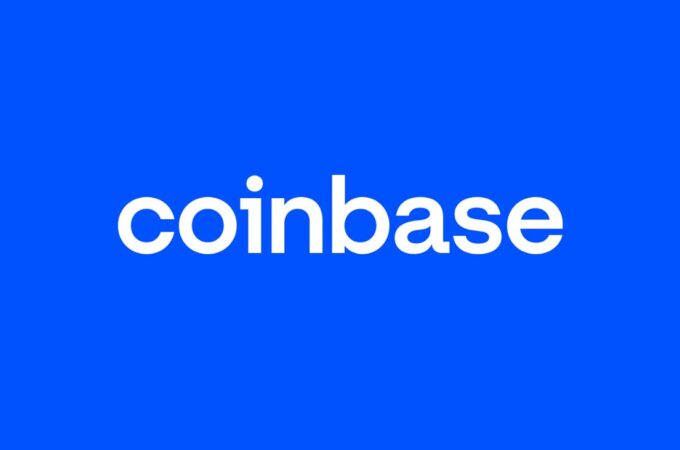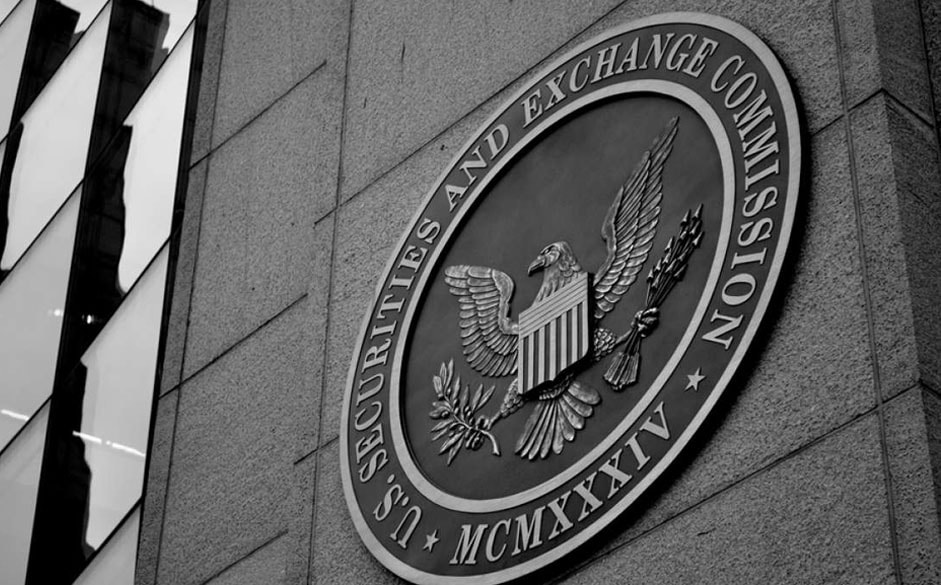
CBDCs: Should The World Be Excited Or Scared?
via Forbes
Digitization is reshaping all facets of social and economic life, and when you combine technological advances with a steady decline in cash usage, we begin to rethink the very definition of money. Central banks globally are exploring the possibility of digitizing cash to create what we call a central bank digital currency (CBDC). In particular, some monetary observers believe that blockchain-powered currencies will be the next frontier in the U.S.-China tech rivalry.
While nations’ motivations may vary, the essential allure of CBDCs is simple: The first nations that establish digital currencies could potentially challenge the U.S. dollar’s long-held role as the de facto global reserve currency, and in the post-pandemic world, every advantage counts in getting consumer and business-to-business spending and increasing economic activity.
What Exactly Is A CBDC?
A CBDC is a tokenized digital currency that can be used for executing transactions and for maintaining value. It exists in the same way as a dollar bill, where only one individual is able to have possession of a note at a given time.
So how exactly are they different from the digital payments we have today? Over the past decade, fintech companies have drastically improved the user interface, but digital payment tools are still built on top of fragmented, archaic and manual systems. On an institutional level, take the case of a freight forwarding company that has to wait three to five days to receive an international wire transfer once goods have been delivered. Retail merchants, for example, wait up to 30 days for credit card purchases to be remitted into their accounts, resulting in working capital crunches.
A CBDC could resolve most of these issues with nearly instantaneous transfers by skipping the intermediaries — if the country takes a bold leap and designs it accordingly. So are CBDCs the silver bullet to all our monetary problems? No. For all the advantages they bring, CBDCs do come with their own set of challenges, a few of which I’ve outlined below.
So What Is There To Fear About CBDCs?
One concern about the initial versions of CBDCs is they will be highly centralized — built, operated and issued by the central banks of their respective governments. Will they always remain centralized? Unlikely. Similar to how we saw intranet evolve into the internet over a few decades, CBDCs will likely start off as centralized currencies, fully operated by central banks, but they could eventually enable the adoption of decentralized currencies as market participants look to the asset or network with the highest level of efficiency.
The centralized CBDC will most likely be an exact replica of the current monetary system, but with powerful tracking functionality that could trace every single dollar spent. That’s Big Brother in his most powerful avatar. Imagine dictators having access to CBDCs and controlling every individual’s spending habits; they could starve off an entire segment of their nation by turning off access to money with just a click of a button. It could be the most powerful tool for absolute totalitarian control in human history.
It is incumbent upon us to develop CBDCs in a way that ensures individual privacy and enables economic growth. We anticipate CBDCs acting similarly to the intranet — increasing the efficiency of the current system while laying the foundation for more efficient decentralized systems to follow. That said, it’s difficult to anticipate how CBDCs will interact, if at all, with other cryptocurrencies or digital assets. It’s unlikely a central bank would ever cede control of its monetary policy to a decentralized network, that by definition, it could not control. Looking at history, such powerful transitions are rarely painless and would likely be the result of serious economic hardship (like widespread inflation) or social unrest.
Why Exactly Do We Need CBDCs?
In their initial form, centralized CBDCs will enable significant technical advantages over the current paper monetary system (while compromising on elements like privacy), and will fast-forward the financial world toward instantaneous transactions. Gone will be business wire transactions that take three days, potentially breaking free from money tied to business days or business hours. Instantaneous 24/7/365 transfer of money will become standard.
CBDCs also allow central banks to provide short-term liquidity assistance, regardless of a bank holiday or weekend. For example, during the Covid-19 crisis, the U.S saw delayed stimulus funding to millions of citizens who live paycheck to paycheck. With digital currency, stimulus relief could be distributed instantaneously.
In this global economic race, China will attempt to be the lead horse in digital currency and has the incentive to do so. Last month, Beijing proposed working with Japan, South Korea and Hong Kong to create a regional stablecoin that would help facilitate trade among the four nations. A virtual yuan could leapfrog China’s financial system and one day maybe even shift the global balance of economic influence. If the U.S. wishes to maintain its status as the global reserve currency over the next century, it needs to move fast and embrace innovation in digital currencies.
As we enter this revolutionary era, the fintech space is building the connective tissue for this digital currency, with seamless price discovery and instant transfer, execution and conversion of value. This technology is designed to improve cross-border trade, which will benefit companies that do business internationally. And while how quickly this overall realm progresses remains to be seen, one thing is already clear: Digitization is changing how the world thinks about money and will continue to do so at an accelerating rate.





